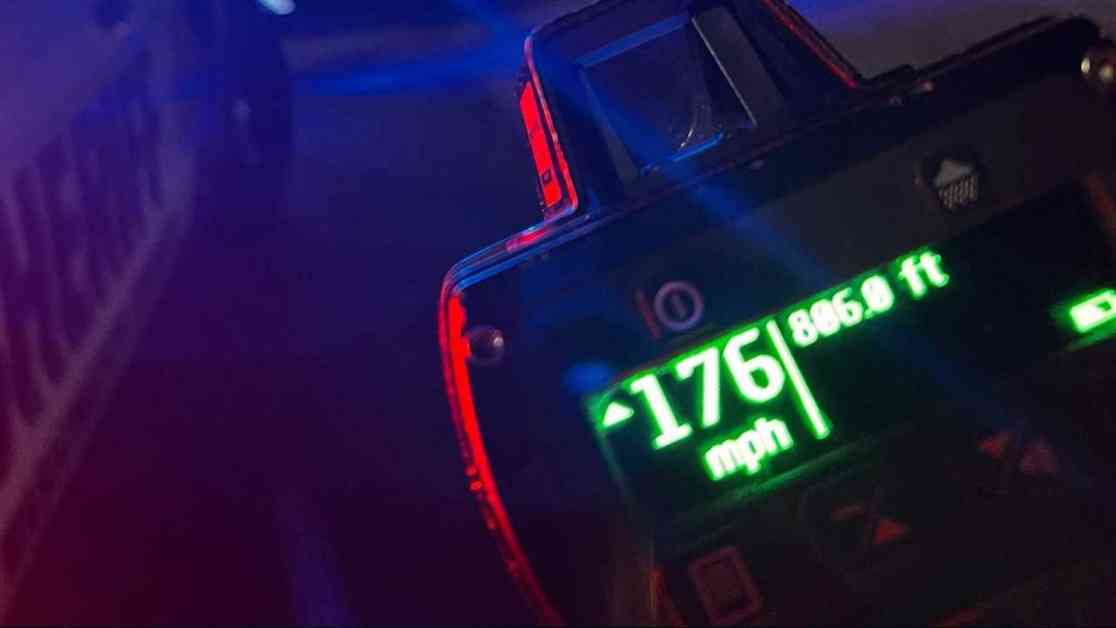California Governor Gavin Newsom recently made a decision that has sparked conversation and debate. He vetoed a bill that would have required new cars to alert drivers if they were exceeding the speed limit. The bill aimed to reduce speeding and ultimately decrease traffic-related fatalities. The proposed law would have mandated that new cars emit audible alerts when drivers exceeded the speed limit by more than 10 miles per hour. California would have been the first state to enforce such a regulation if the bill had been signed into law. However, Governor Newsom decided to veto the bill in order to avoid conflicting with the federal regulations set by the National Highway Traffic Safety Administration (NHTSA).
The European Union already has a similar law in place, which requires new cars to produce a beeping sound whenever the vehicle surpasses the speed limit. This feature can be deactivated by the car’s occupants, but it reactivates each time the vehicle is turned on. Governor Newsom’s decision to veto the bill was based on his belief that adding state-specific requirements would disrupt the established federal framework of vehicle safety standards. He emphasized that the NHTSA is currently evaluating intelligent speed assistance systems, and introducing state-level mandates could interfere with the federal assessments that are ongoing.
Although the NHTSA has not yet implemented speed-limiting software, it has introduced new regulations that mandate automatic emergency braking in all new passenger vehicles starting in 2029. This highlights the agency’s commitment to enhancing safety features in vehicles to reduce accidents and save lives. The discussion about the potential inclusion of anti-speeding software in vehicles has prompted varied responses from the public.
The idea of having technology in cars that alerts drivers when they exceed the speed limit raises questions about personal freedom, individual responsibility, and the role of technology in promoting road safety. Some individuals may view this as a positive step towards preventing accidents and encouraging safer driving practices. On the other hand, some may express concerns about potential privacy issues, the impact on driving habits, and the overall effectiveness of such measures.
As advancements in technology continue to shape the automotive industry, the debate surrounding anti-speeding software in vehicles is likely to persist. It is essential to consider the balance between promoting road safety and respecting drivers’ autonomy. The decision made by Governor Newsom regarding the vetoed bill reflects the complexities involved in implementing regulations that aim to enhance safety on the roads while navigating the existing federal guidelines. The ongoing discussions and developments in this area will have implications for future legislative decisions and technological innovations in the automotive sector. What are your thoughts on the inclusion of anti-speeding software in cars? Share your opinions in the comments section below.










